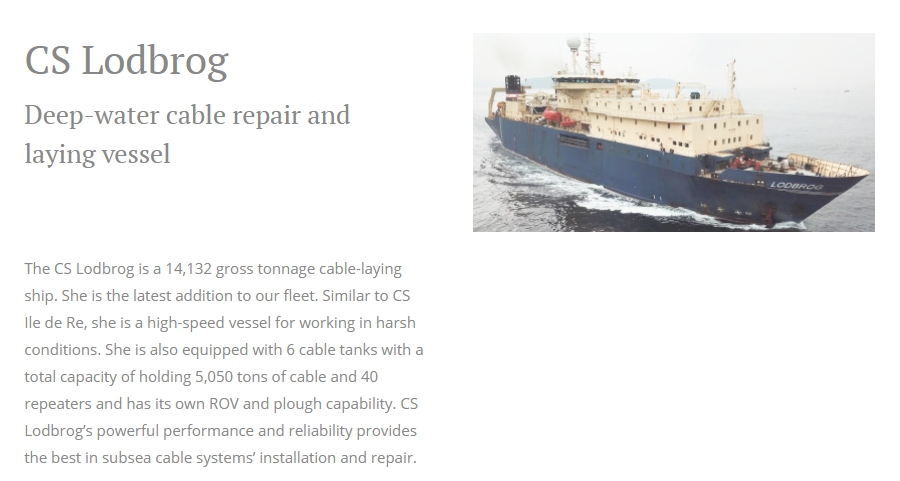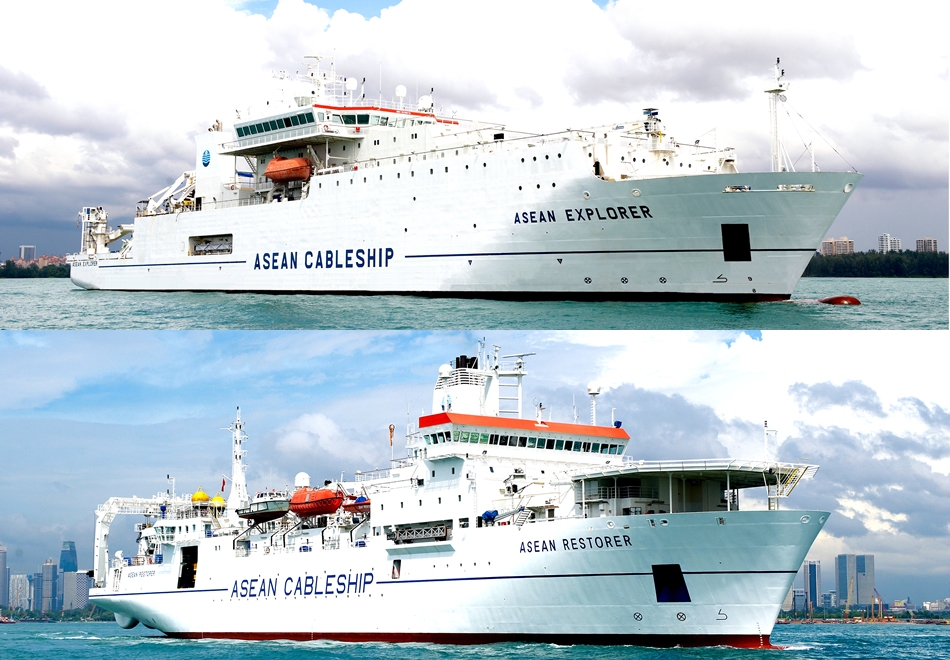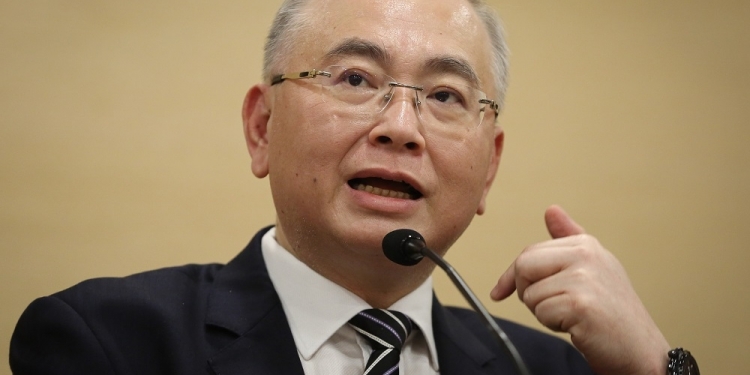Tech giants including Google, Facebook, Microsoft and MyIX have been at loggerheads with Transport Minister Dr Wee Ka Siong over his revocation of cabotage exemption for vessels carrying out undersea cable repairs and maintenance in Malaysia. The tech giants claim that the move will delay undersea cable repairs and it would have a negative impact on the country’s internet speed and quality as well as potential cable investments.
The Edge, a publication that has been covering the cabotage issue closely, was recently granted an interview with the Transport Minister. Dr Wee shared his side of the story and his justification to revoke the cabotage exemption for undersea cable repairs.
To recap, the cabotage exemption for cable repairs was introduced by the previous Pakatan Harapan administration in 2019 with the intention to speed up undersea cable repairs by half. This would allow foreign vessels to carry out the job without the need to apply for domestic shipping licence (DSL) which requires consultation with Malaysia Shipowners’ Association (MASA).
According to the former Transport Minister, Anthony Loke, undersea cable repairs would take up to 27 days which is behind other countries in the region. It was reported that tech giants require DP2 vessels to carry out the job but Malaysia only has a DP1 vessel which is a cable laying barge owned by OMS Group (formerly known as Optic Marine Services). With the cabotage in place, MASA has the right to block the use of foreign vessels if a local shipping company has an available vessel to take on the job.
Responding to reports that tech giants will review its cable investments in Malaysia, Dr Wee said “To me, this is not something that you threaten me [with, you have to] convince me … Some of their arguments are illogical.”

The Minister said Malaysia is actually giving the tech giants a better deal as OMS Group has recently acquired CS Lodbrog, which is a Malaysia-flagged cable repair and laying vessel. He questioned, wouldn’t it be better for them to have a Malaysian-flagged vessel to support them?
DP1 sufficient for undersea cable works in Malaysia
Dr Wee has also responded to tech giant’s persistence of requiring a DP2 vessel and said that DP1 vessels are sufficient for local undersea cable repairs. He added that most undersea cable repair vessel operators have said that it isn’t true that you can’t use DP1 vessels in Malaysian waters.
Dynamic Positioning is a computer-assisted system that helps vessels maintain a fixed position in the water by using a system of propellers and thrusters. As highlighted by MyIX, DP2 provides vessels with an extra level of backup for positioning the ship during deep sea repairs. It is specifically requested by cable owners and investors due to safety concerns and insurance requirements.
The minister explained that cables are usually damaged by one of 3 reasons – earthquake, anchoring of vessels and fishermen. He said Malaysian waters are largely shallow, unlike deeper international waters which calls for a discussion of DP1 and DP2. Dr Wee said globally, 50% of all cable ships are DP1 and he questioned why the tech giants are unhappy when the same Lodbrog vessel had been used to carried out maintenance works for them in waters outside of Malaysia.
He admitted that the old process had caused delays. To speed up the application process, Dr Wee said MASA has been given a shorter time frame for its members to object requests for foreign vessels to repair undersea cable to 48 hours.
As explained in Parliament last November, the Ministry of Transport had introduced eDSL which will speed up the process. This would reduce the time required from 30 to 5 working days if there are no blockage in the application.
Dr Wee added that the main issue isn’t the delay of obtaining permits for foreign ships but the scarcity of vessels. He said the application process for either DSL or eDSL takes less than 10 days and the repair time frame is between 7 and 10 days. When asked about the Cabinet’s position, he said that they are willing to listen to any best solution.

According to The Edge, it seems that OMS is pitted against Singapore-based ACPL which operates three DP2 vessels – Asean Explorer (Indonesian-flagged), Asean Protector (Indonesian-flagged) and Asean Restorer (Singaporean-flagged). ACPL was set up by the Asean Telecommunications Authorities which consists of Telekom Malaysia Bhd, CAT Telecom Public Co Ltd, Eastern Telecommunications, PT Indosat Tbk, Telekom Brunei Bhd and Singapore Telecommunications Ltd.
Since ACPL is a non-Malaysian company, they must first obtain a DSL exemption before they can operate in Malaysian waters. MASA had previously said that Singaporean firms had monopolised undersea cable repair jobs in Malaysia during the exemption period and it is counterproductive in stimulating competition. MASA also claimed that the repair works by foreign companies took longer, up to 48 days to repair.
[ SOURCE, IMAGE SOURCE ]








